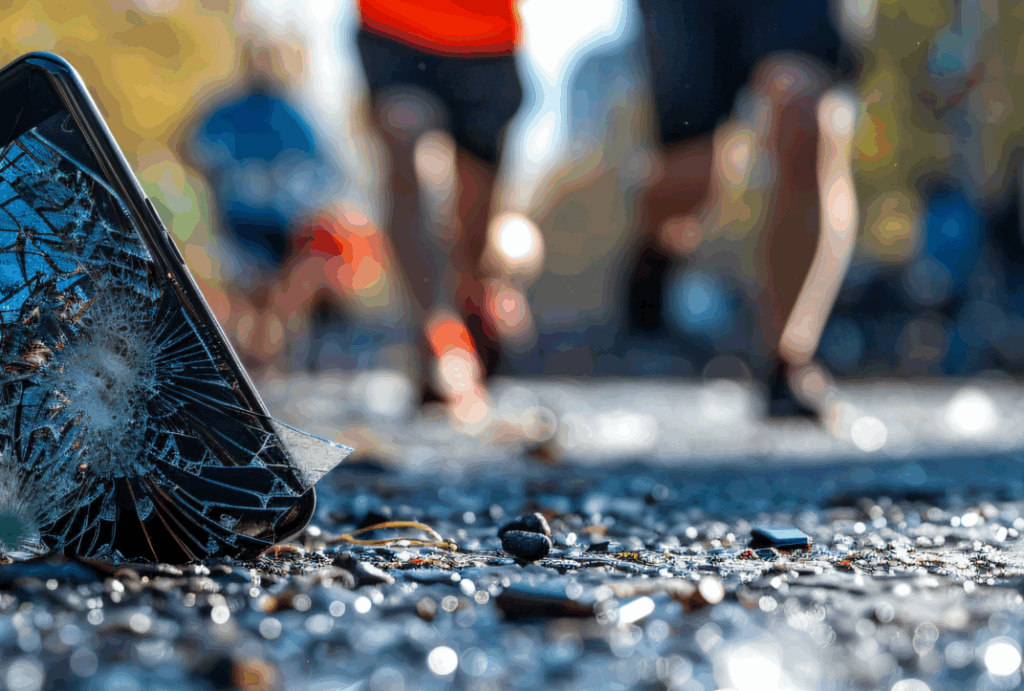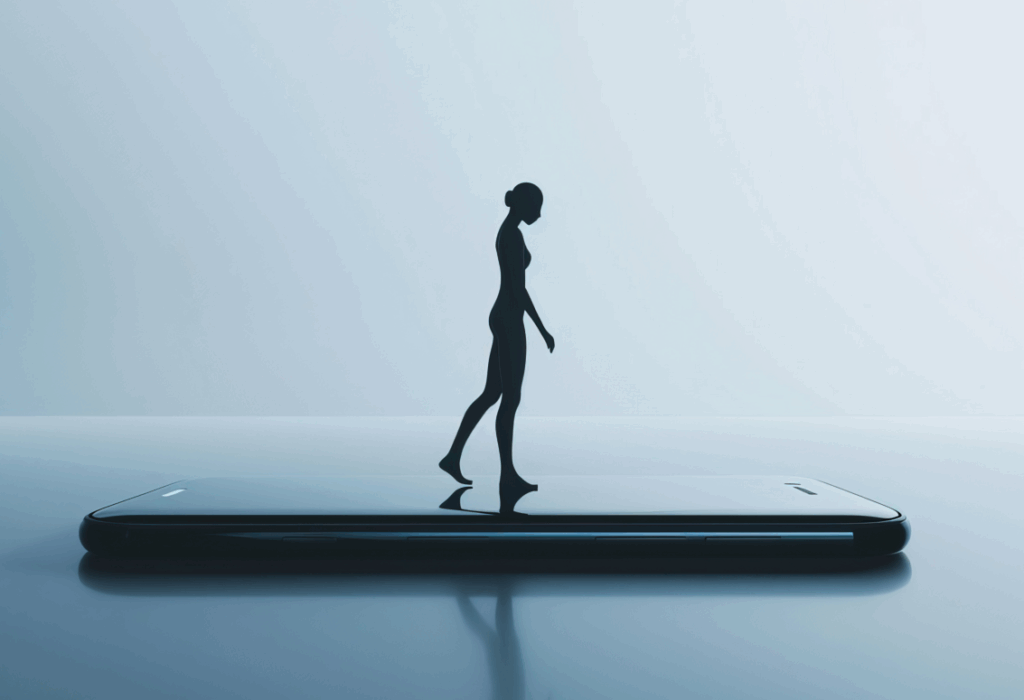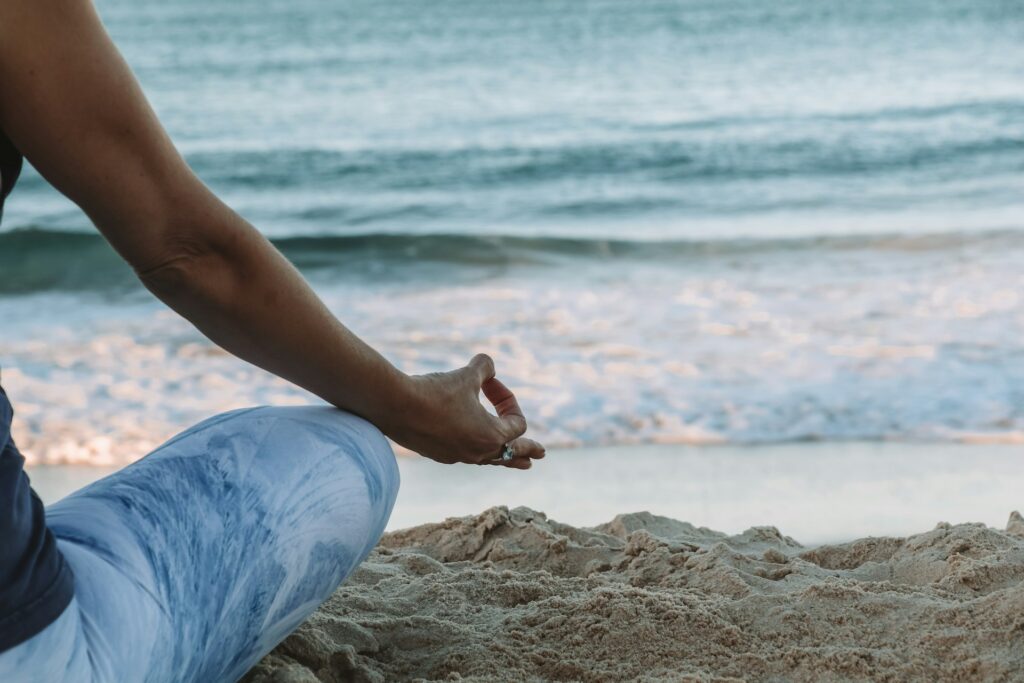It’s 7 AM on a Tuesday, and I’m standing at my front door, keys in one hand, water bottle in the other. My phone sits on the kitchen counter, charging. For the first time in what feels like forever, I’m about to leave the house without it.
I’ll admit, my first instinct was to turn back. What if someone needed me? What if I got lost? What if I missed something important? But I’d made a commitment to myself—seven days of phone-free walks. No podcasts, no music, no Instagram stories to document my morning routine. Just me, my thoughts, and whatever the world had to offer.
What happened next surprised me more than I expected.
The Digital Leash We Don’t Realize We’re Wearing
Let’s be honest—we’re all a little too attached to our phones. I’m not talking about the obvious stuff like scrolling through social media during dinner (though, guilty as charged). I’m talking about the subtle ways our devices have become our constant companions. Research shows that the average person checks their phone 96 times per day. That’s once every 10 minutes during waking hours.
For me, walking with my phone had become second nature. I’d start with the best intentions—maybe some fresh air and movement—but inevitably, I’d find myself pausing to respond to texts, snapping photos of interesting clouds, or getting sucked into a true crime podcast that made me forget I was even walking.
The problem wasn’t just the distraction. It was the fact that I’d lost something I didn’t even realize I’d had: the ability to be present with myself and my surroundings.
Day One: The Withdrawal Was Real
That first morning felt weird. Really weird. Without my usual soundtrack of podcasts or music, every sound seemed amplified. Birds chirping (when did they get so loud?), the distant hum of traffic, my own footsteps on the pavement. It was like someone had turned up the volume on real life.
I kept reaching for my phone out of habit, my hand automatically going to my pocket every few minutes. The phantom vibration syndrome was strong—I could swear I felt notifications that weren’t there.
But here’s the thing: about ten minutes into that first walk, something shifted. My racing mind, which had been cycling through my to-do list and mentally rehearsing conversations, started to settle. I noticed things I’d walked past hundreds of times before—the way morning light hit the old oak tree on Maple Street, how the neighbor’s garden had changed with the season, the sound of someone practicing piano through an open window.
The Unexpected Mental Shift
By day three, I was starting to understand what I’d been missing. Walking without my phone wasn’t just about digital detox—it was about reconnecting with the simple pleasure of movement and observation. Research shows that mindful walking offers stress-busting and mood-boosting advantages, and I was starting to experience this firsthand.
Without the constant input of information, entertainment, and social media, my brain had space to wander in ways it hadn’t in years. I found myself thinking more creatively, processing emotions I’d been too busy to acknowledge, and simply enjoying the rhythm of putting one foot in front of the other.
The anxiety I’d initially felt about being “unreachable” started to fade. The world didn’t end because I was offline for 30 minutes. In fact, I began to treasure those pockets of time as sacred space—moments that belonged entirely to me.
What Science Says About Our Phone Attachment
As it turns out, my experience aligns with what researchers have been discovering about our relationship with technology. There are over 6.8 billion smartphone users in the world; within that population, 6.3% have a phone addiction. But even for those of us who wouldn’t classify ourselves as “addicted,” our devices can significantly impact our mental state.
Disconnecting from digital devices and social media can reduce stress, enhance present-moment awareness, and improve interpersonal connections. When we’re constantly connected, we’re constantly “on”—available for input, stimulation, and response. This chronic state of alertness can be exhausting in ways we don’t fully recognize.
The Ripple Effects I Didn’t Expect
What started as a simple experiment in phone-free walking began to influence other areas of my life. I found myself more present during conversations, less likely to reach for my phone during quiet moments, and more aware of my surroundings in general.
My sleep improved too. Without the habit of checking my phone during walks (and the subsequent urge to check it again once I got home), I was breaking the cycle of constant stimulation that had been affecting my rest. A digital detox brings mental clarity, reduced stress, and improved sleep by limiting screen exposure.
Perhaps most surprisingly, I started to enjoy my own company more. In our hyperconnected world, we’re rarely alone with our thoughts. There’s always something to scroll through, someone to text, or content to consume. But walking without my phone gave me permission to be bored, to let my mind wander, to simply exist without an agenda.
The Practical Side: Making It Work
I won’t lie—there were practical considerations. I had to plan my routes more carefully, rely on my own navigation skills, and trust that I could handle whatever came up during my walks. I started carrying a small piece of paper with emergency contact information, just in case.
For safety, I made sure to tell someone my general route and expected return time. I also chose familiar neighborhoods and well-traveled paths, especially during my first week of phone-free walking.
Finding Balance in a Digital World
After that first week, I didn’t abandon my phone entirely during walks. But I did become much more intentional about when and why I brought it along. Some days, I genuinely wanted to listen to a podcast or capture a beautiful sunrise. Other days, I craved the mental space that came with leaving it behind.
The key was choice. Instead of defaulting to digital companionship, I started asking myself: What do I need from this walk today? Sometimes the answer was connection to information or entertainment. More often than I expected, it was connection to myself and my immediate environment.
The Bigger Picture
This experiment taught me something important about the nature of modern life. We’ve become so accustomed to constant input that we’ve forgotten the value of output—or even just stillness. Walking without my phone reminded me that some of our best thinking happens when we’re not trying to think at all.
It also highlighted how much of our experience we miss when we’re partially present. The world is full of small wonders—interesting architecture, changing seasons, the way light moves through trees—that we literally don’t see when our attention is divided.
Why You Should Try It
I’m not suggesting everyone needs to walk phone-free forever. But I do think most of us could benefit from occasionally disconnecting from our devices and reconnecting with the simple pleasure of walking. Start small—maybe try it for just 15 minutes. Notice what comes up for you. Do you feel anxious? Bored? Peaceful? Curious?
The beauty of this experiment is that it costs nothing but might give you something invaluable: a few minutes of mental space in an increasingly noisy world. By disconnecting from screens and engaging in real-world activities, participants can recalibrate their minds, reconnect with nature, and build healthier habits that support long-term well-being.
The Takeaway
My week of phone-free walking taught me that sometimes the best way to move forward is to slow down. In a world that rewards constant productivity and connection, there’s something radical about choosing to be present with just yourself and your surroundings.
I’m not advocating for complete digital abstinence—technology has its place and its benefits. But I am suggesting that sometimes, the most innovative thing we can do is step away from innovation altogether. Sometimes, the best app is no app at all.
Your phone will be there when you get back. Your thoughts, your awareness, your connection to the world around you—these things deserve some uninterrupted time too. Trust me, the walk is worth it.

Disclaimer: This article is for informational and lifestyle purposes only and does not constitute professional medical, psychological, or wellness advice. Individual experiences may vary. If you’re experiencing significant anxiety, depression, or other mental health concerns, please consult with a qualified healthcare professional. The author and publisher are not responsible for any actions taken based on the information provided in this article.
Sources: Information in this article is based on current research and trends in digital wellness and mindful movement practices, as cited throughout the text.



